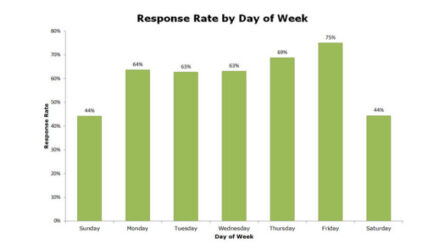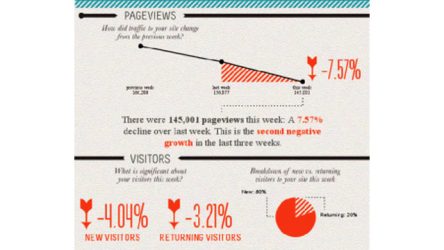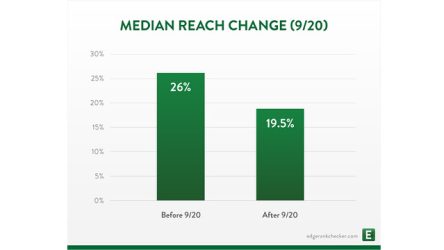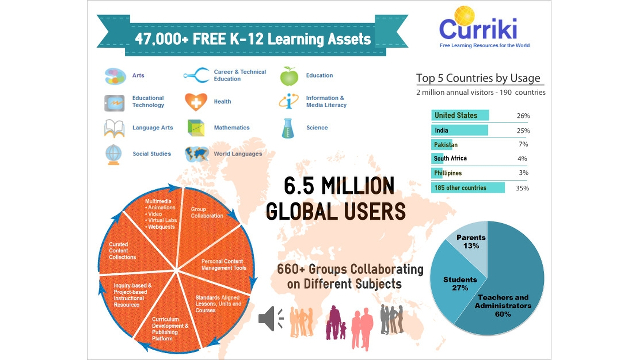We’re all familiar with stories – they’re the tales you tell upon returning from a trek in Costa Rica, or the chilling story you tell your teenager about the perils of drinking and driving.
But how do you tell a business story?
Even in business, we tend to understand things better when they’re presented in story form. Stories give context to a narrative and help put a “face” to an impersonal corporate entity. And since they’re often built upon personal experiences, stories cut through the meaningless jargon that’s so common in the technology industry.
The best storytellers are those who have lived through rich and memorable experiences (good and bad). So “business storytelling” comes easiest to those who are in constant contact with customers – sales people, service reps, executives or field engineers. If you’re sitting in an office in a product unit or a marketing department, seek out opportunities to observe or talk to customers.
Most of us are familiar with the product pitch that goes something like this:
Our Ergo ES.4 and EXP.36 servers deliver superior performance, reliability and efficiency for all your enterprise web-tier applications. Enabled with SuperSpecial™ technology, Ergo ES.4 servers not only provide the highest power-to-server efficiency than any server on the market today, they are ideal for unpredictable scale applications, allowing customers to confidently scale to more than one million concurrent users.
But wait! A story can be far more effective. In this case, the product doesn’t dominate the conversation and instead becomes the silent hero in our story:
I was at the Major Gaming Leagues Pro Circuit tour last week where the best videogame players from all of North America were battling it out for bragging rights and $100,000 in cash. Things were going well until a bunch of gamers launched a massively, multiplayer online game testing the latest pilot of HALO 4 and I thought they were going to bring the network to its knees. Luckily, our servers were able to instantly scale to accommodate this sudden peak need, easily supporting nearly 1 million concurrent online gamers!
Yes, the story is a little longer, but isn’t it more memorable? And instead of claiming to solve every customers’ problem, the story gives the listener a solution to his/her own problem by way of inference.
Why are stories so effective? Because they’re concrete, they’re authentic and they’re memorable. The most effective stories touch on human emotion and use equal doses of information and entertainment to impart information.
In reality, you may not always have a customer story to tell when you communicate information about your offerings. If not, think of an analogy that can help to personalize and ground your offering in reality. Can you recall a business story that “stuck” for you?
Cindee specializes in value proposition/messaging development, PR-AR-social and demand generation activities; she is a published author in several outlets, including Harvard Business Review.













